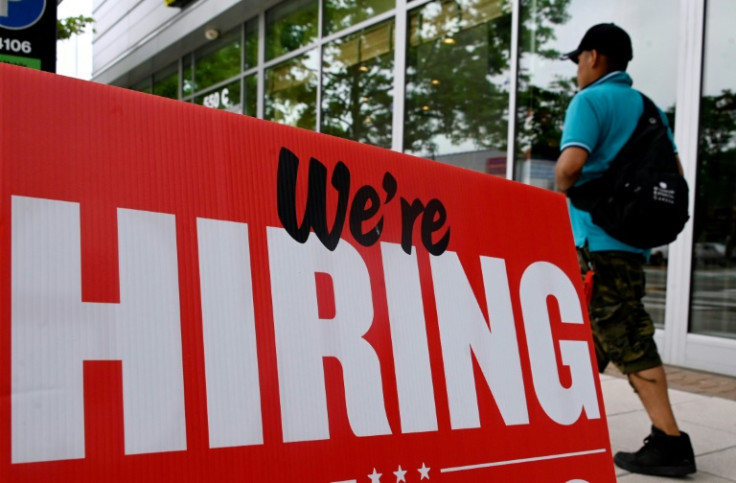September Labor Market Reports Could Change The Game For Bonds, Stocks And Commodities

Two new labor market report scheduled for release later in the week will provide traders and investors another opportunity to figure out the state of the U.S. labor market and, perhaps, change the game on Wall Street.
The Bureau of Labor Statistics (BLS) will publish the September nonfarm payrolls report on Friday. It's a monthly survey based on questionnaires distributed to business establishments nationwide to determine the number of jobs the private businesses created each month. In addition, BLS will release the unemployment rate. The findings of another monthly survey measure the unemployed people as a percentage of the labor force.
Both reports are critical indicators of the economic situation of the nation. Job creation indicates the kind of business cycle the economy is in. Private jobs are the primary source of national income, which determines consumer spending, the most significant component of the Gross Domestic Product (GDP).
Moreover, unemployment indicates how well the economy allocates resources and moves close to its production and employment potential. The lower the unemployment rate, the better the economy utilizes resources and grows closer to its production employment potential.
A too-strong September jobs report will add to the fears of further Fed hikes. As a result, it could crash bond prices, moving the benchmark 10-year Treasury bond yield above the psychological level of 5%. That could prompt a sell-off in equities and commodities.
By contrast, a weak report could ease fears of higher interest rate hikes and stabilize all three markets.
According to two forecasts from Trading Economics, markets expect the economy to have generated somewhere between 150,000 and 170,000 jobs in September. That's short of the 187,000 jobs created in August. In addition, they expect unemployment to stay at 3.7%-3.8%.
Angelo Kourkafas, CFA, senior investment strategy at Edward Jones, expects the U.S. labor market to remain strong but gradually deteriorate as employment growth remains in a downtrend.
"With the previous months' job gains having been consistently revised lower this year, the three-month average payroll growth slowed to 150,000 in August, below the pre-pandemic average," he told International Business Times. "September payroll gains will likely remain above what is needed to keep the unemployment rate steady, which is around 100,000 assuming no change in the labor force participation."
Kourkafas mentioned a couple of signs of a cooling labor market despite the resilience of the U.S economy. "Metrics like quits rates, and temporary help payrolls have declined, while labor force participation has increased," he said. "A modest miss in consensus estimates will likely be interpreted as good news for the markets when viewed through the lens of the Fed. But a potential upside surprise could put further upward pressure on bond yields."
Meanwhile, he believes the ongoing loss in employment momentum should help temper wage growth and cement expectations that the Fed may be done or close to done with hikes.
Young Pham, a financial advisor and investment analyst affiliated with BizReport, also expects job growth to continue slowing as things return to the new normal.
"The United States, like many other countries, has been navigating through a post-pandemic economic recovery," he told IBT. "In the initial recovery phases, job growth experienced a significant rebound as businesses reopened and economic activity resumed. However, as the recovery has matured, this rapid pace of job creation is tapering off."
Pham expects this trend to hold for September and even the rest of the year, especially with growing fears of an imminent recession. "We should also not forget that September often marks the end of the summer season, which can result in seasonal adjustments affecting employment figures," he said. "Sectors such as tourism and hospitality may see a decline in hiring as the summer travel season ends."
Still, a recent study by Frank Recruitment Group, a global IT recruitment firm, has found that September and November are among the best times to apply for jobs. The highest number of job placements, as well as interviews, were reported in these periods.
"With this data, job seekers looking for their next opportunity may need to take a strategic approach to finding their dream role," James Lloyd Townshend, chairman and CEO at Frank Recruitment Group, told IBT.
© Copyright IBTimes 2024. All rights reserved.




















